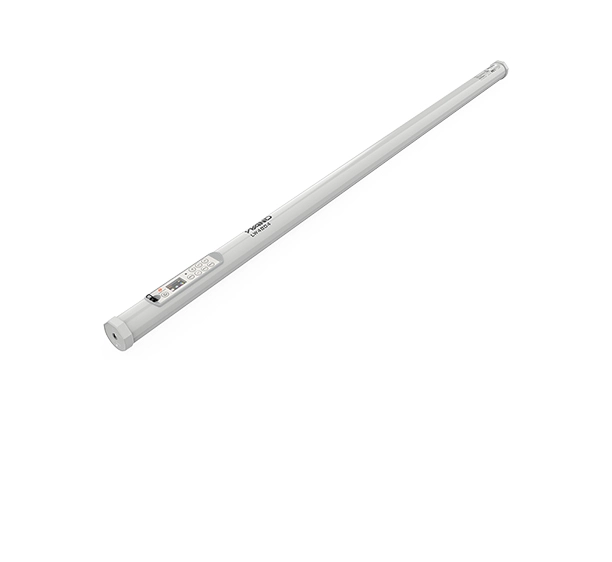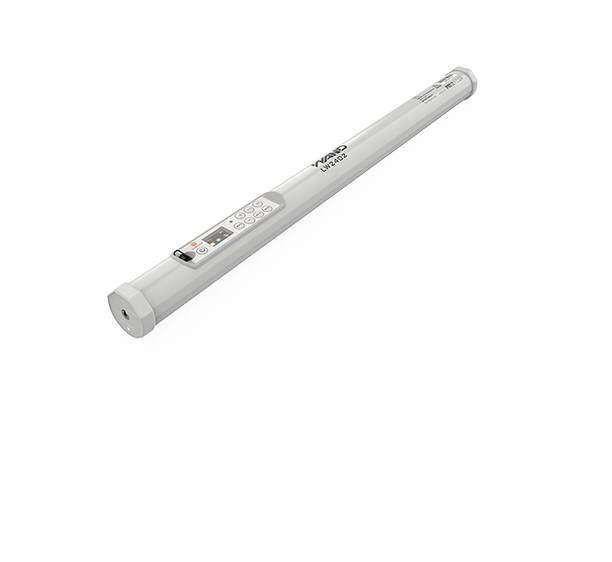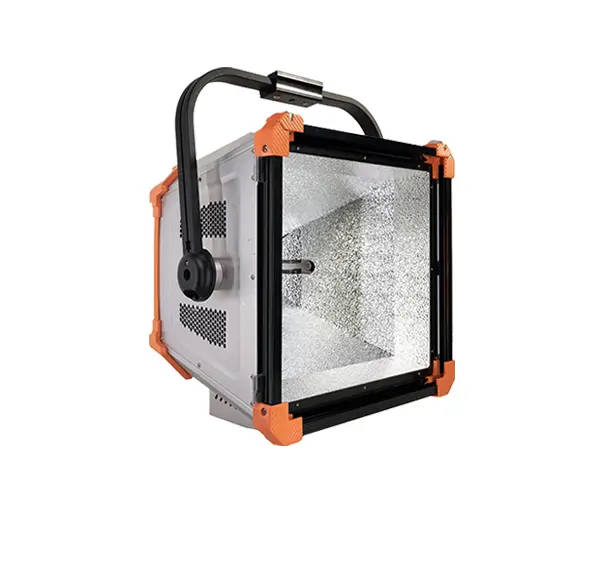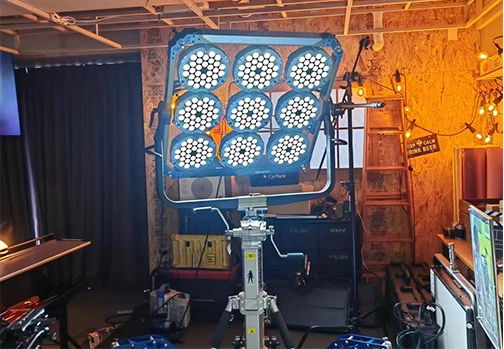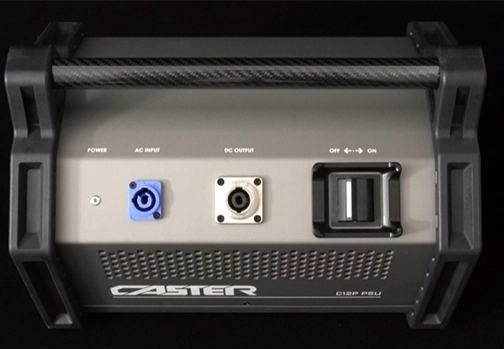The soft light is a photographic light that produces a gentle and delicate feeling, with no significant shadows and is suitable for reflecting the shape and color of objects. It can soften the light emitted by the flash, making the photos look more natural. The principle behind it is to convert the rigid light emitted by the flash into soft diffused light through a high-temperature-resistant translucent plastic, eliminating annoying highlights on portraits and other objects, making your photos as beautiful and natural as those taken in a studio.
I. Characteristics of LED soft light
1. The terms "LED soft light" and "hard light" are actually about the light quality in photography, which refers to the hardness or softness of the light. Directional direct light is generally called hard light, while light that is obstructed or reflected before reaching the object is called soft light.
2. The lighting interval of soft light is relatively short, generally between 2.5 to 3 meters, which is not conducive to shooting large scenes.
3. Soft light often lacks texture and vividness due to the absence of main and auxiliary lights and too uniform illumination. The lines are not clear enough, and it lacks a three-dimensional sense, appearing too stiff.
4. Soft light is relatively stable in its nature. Its light beam fully meets the color temperature requirements of the camera. Its emitting color temperature does not change with changes in brightness, resulting in stable color temperature, clear details, and realistic colors in the captured images.
5. Due to the softness of the light emitted by LED soft light, it appears very delicate when shining on a person's face, making the subject feel very comfortable. The resulting image is also more "natural," "soft," and closer to real-life. As one of the leading studio light manufacturers in China, SUNNYXIAO offers high-quality shooting led lights, including LED soft lights.
II. How to Use LED Soft Light
1. Single Soft Light
This is the simplest and most commonly used method which only requires one soft light. You can choose to place it on the left or right side of the subject and place the light slightly higher than the model, shining down from a 45-degree angle.
2. Brightening
If you feel that using only one led soft panel light is too dim, you can place a reflector on the opposite side of the main light. Refract some of the light to make the details that need to be highlighted in the photo look clearer and make the entire subject brighter.
3. Cold and Hot Hybrid Method
Use soft light as the basic illumination, coupled with a red-headed spotlight for counterlighting and main illumination, which can compensate for each other's weaknesses and achieve a better effect.
4. Lighting Interval Styling
Since the amount of light received by the subject varies depending on the distance between the light and the object, the size of the shadow cast also varies. For example, in a live news broadcast, the main light and the counterlight can be set at a distance of two meters from the subject, and the auxiliary light can be set at a distance of three meters. This achieves a specific intent of highlighting the subject's shape.
5. Adjusting Light and Shadow Shape
Use the size of the lighting equipment to adjust the light and shadow shape to achieve the desired effect. Use LED soft light as the basic illumination and select lights with higher wattage and more lamp tubes for the main and counterlight. The background light should be adjusted appropriately according to the distance between the background piece and the announcer.
 English
English 日本語
日本語 한국어
한국어 Español
Español italiano
italiano العربية
العربية

